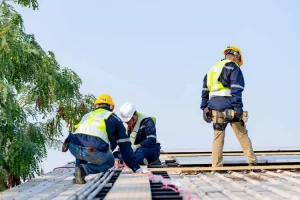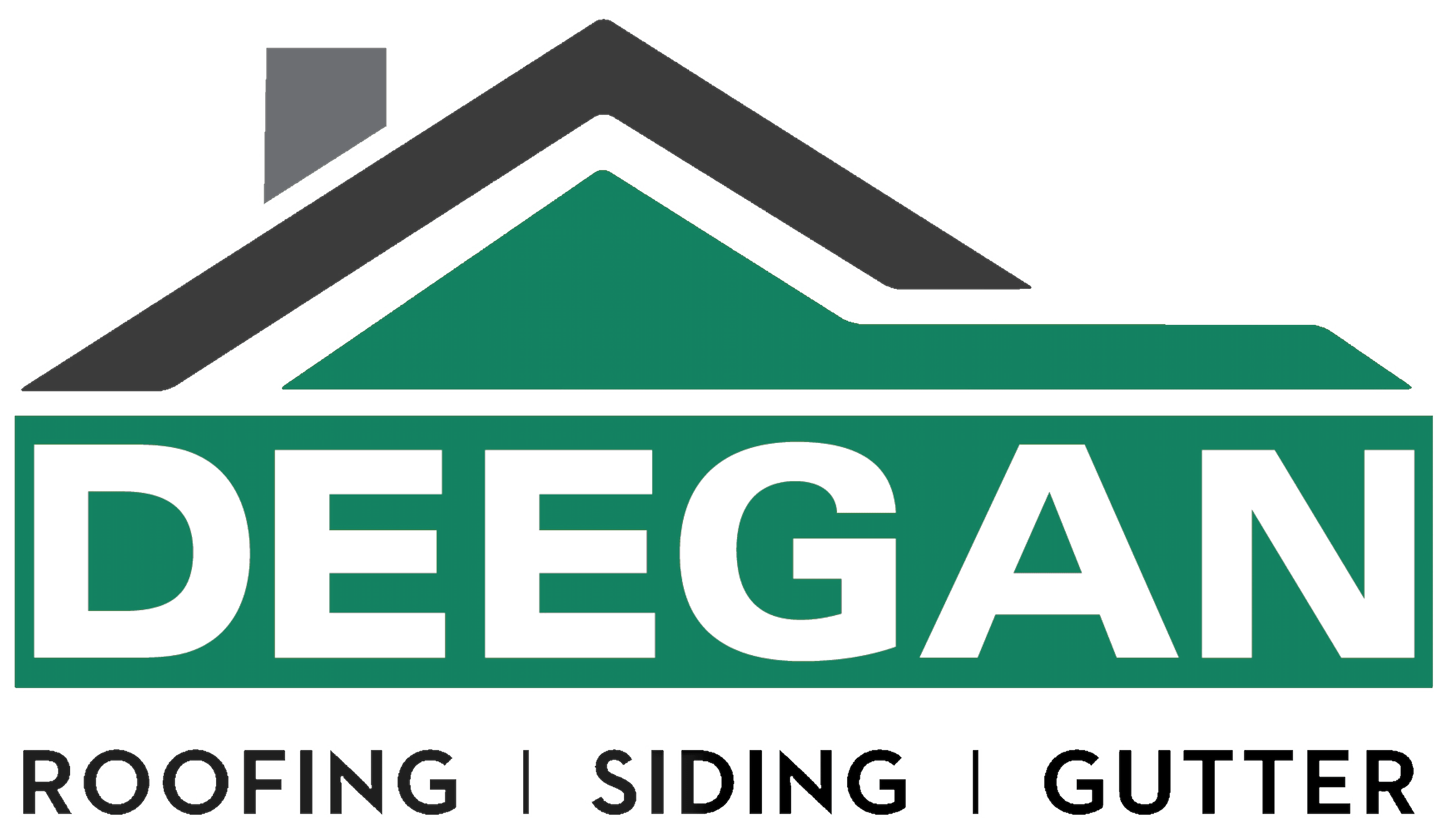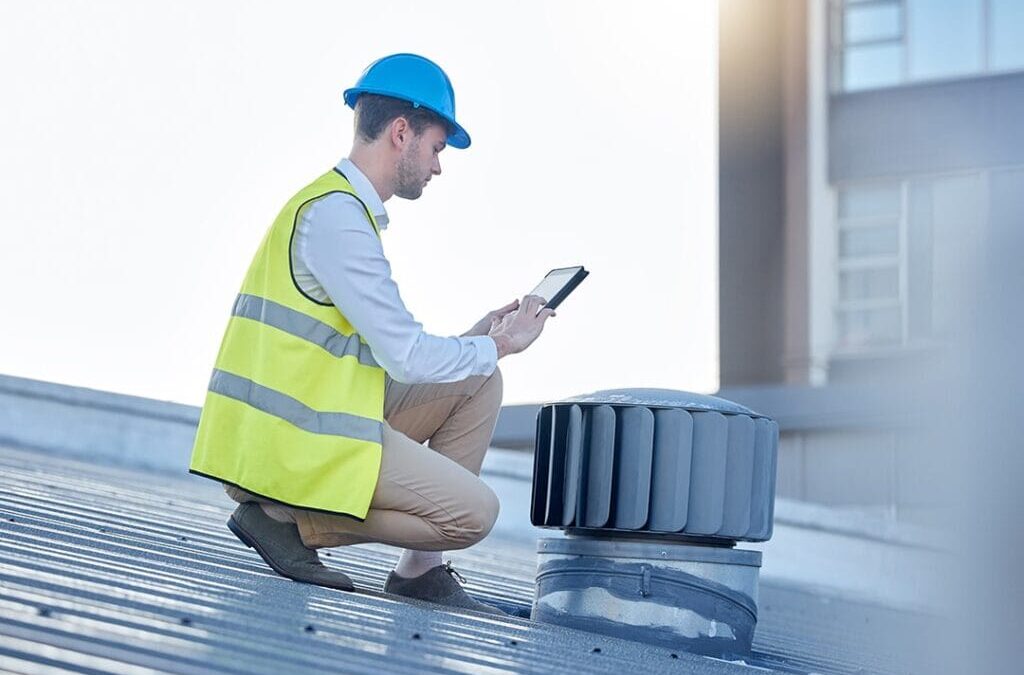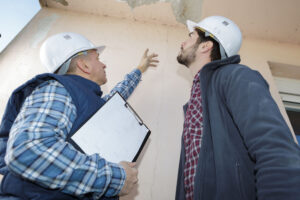Your commercial roof is one of the most important components of your building, as it protects your business, inventory, employees, and clients from the elements. A well-maintained roof ensures the safety and security of your property, while a damaged roof can lead to costly repairs and downtime. Over time, wear and tear, weather conditions, and aging can take a toll on your roof. Ignoring roof problems can escalate the damage, leading to more significant issues.
To help you stay ahead of costly repairs, here are some of the top signs your commercial roof needs repairs.
1. Water Leaks and Stains on Ceilings or Walls
One of the most obvious signs that your commercial roof needs repair is the presence of water leaks. Water stains on the ceiling or walls indicate that moisture is getting through the roof and seeping into the building. If left unaddressed, this can lead to structural damage, mold growth, and expensive repairs.
- Dark stains or discoloration on ceilings or walls.
- Puddles of water inside the building.
- Damp or musty odors, particularly in areas like basements, attics, or storage spaces.
If you notice any of these signs, it’s time to schedule an inspection with a professional roofer to identify the source of the leak and prevent further damage.
2. Damaged or Missing Roof Membrane
The roof membrane acts as a protective layer that prevents water infiltration and shields your building from the elements. Over time, the roof membrane can become damaged due to wear and tear, strong winds, hail, or UV radiation from the sun.
Signs of Damage:
- Blistering, cracking, or peeling of the membrane.
- Punctures or holes in the membrane.
- Missing or loose sections of the membrane, which can expose your roof to moisture.
A damaged roof membrane allows water to penetrate the roof, which can lead to leaks, mold growth, and other forms of damage. If you notice any of these issues, it’s crucial to have the roof inspected and repaired before the problem worsens.
3. Pooling Water or Poor Drainage
Flat roofs are particularly susceptible to pooling water, especially if the drainage system is blocked or not functioning properly. If water accumulates on the roof, it can put extra weight on the structure, leading to sagging or eventual collapse. Additionally, standing water can encourage the growth of mold and algae, further damaging the roof.
What to Look For:
- Puddles of water that remain on the roof after it rains.
- Clogged or damaged drains and downspouts.
- Visible damage to the roof surface from the weight of the water.
Regularly checking your roof for pooling water and clearing the drainage system is essential to maintaining the roof’s structural integrity.
4. Visible Wear and Tear on Roof Surface
As your roof ages, the materials can begin to deteriorate. Signs of wear and tear on the roof surface are common in commercial buildings, especially those that experience extreme weather conditions. If your roof is showing signs of damage, it’s essential to address it before it leads to more serious issues.
Signs of Wear and Tear:
- Cracked or damaged shingles, tiles, or membranes.
- Exposed areas where the protective layers are no longer intact.
- Rust or corrosion on metal roofing materials.
If you notice any of these signs, it may be time to replace damaged materials or re-coat the roof to restore its protective properties.
5. Excessive Debris on the Roof
Debris such as leaves, branches, dirt, and even trash can accumulate on your commercial roof, blocking drainage systems, and causing damage to the roof surface. The buildup of debris can increase the risk of leaks and other forms of damage, especially if the debris traps moisture against the roof surface.
What to Look For:
- Piles of leaves, branches, or dirt accumulating on the roof.
- Clogged gutters or downspouts.
- Debris around roof penetrations like vents, pipes, and HVAC units.
It’s important to regularly clean your roof and gutters to prevent debris buildup. Scheduling periodic inspections will also ensure that the roof remains in good condition and free from obstructions.
6. Damaged Flashing Around Roof Penetrations
Flashing is the material used around roof penetrations, such as chimneys, vents, skylights, and pipes, to prevent water from entering through these areas. Damaged flashing is one of the most common causes of leaks, especially around roof penetrations.
What to Look For:
- Rusted, cracked, or missing flashing around vents and pipes.
- Gaps or spaces where the flashing doesn’t properly seal.
- Stains or mold growth around areas where the flashing is damaged.
If the flashing around roof penetrations is compromised, it’s important to have it repaired to prevent water from seeping into the building.
7. Sagging or Uneven Roof Deck
A sagging or uneven roof deck is a serious issue that could indicate structural damage to the roof. This can be caused by prolonged exposure to moisture, water damage, or even issues with the building’s foundation. A sagging roof can be dangerous and should be addressed immediately.
What to Look For:
- Visible sagging or drooping areas on the roof surface.
- Uneven slopes or dips in the roof structure.
- A sagging roofline visible from the ground or inside the building.
If you notice any sagging or unevenness, it’s critical to have a roofing professional inspect the roof to assess the extent of the damage and recommend necessary repairs.
8. Increased Energy Bills
If you’ve noticed an unexpected spike in your energy bills, it could be a sign of roof damage. A compromised roof can affect your building’s insulation, leading to temperature fluctuations and increased heating or cooling costs. Gaps, leaks, or poor roof ventilation can allow conditioned air to escape and let in heat or cold air from the outside.
What to Look For:
- A sudden increase in energy bills with no obvious explanation.
- Fluctuations in indoor temperature, especially near the ceiling or walls.
- Condensation or moisture buildup in the attic.
Roofing problems can lead to significant energy loss, so it’s important to address them promptly to keep your building efficient and comfortable.
Why Timely Roof Repairs Are Essential for Your Business
Ignoring roof damage and delaying repairs can lead to expensive, long-term problems that could disrupt your business operations. Timely roof repairs are essential to protecting your property, inventory, and employees. Here are a few reasons why you should act quickly if you notice any of the signs mentioned above: 
- Minimize damage: The longer you wait, the more extensive and expensive the damage becomes. Early intervention can prevent minor problems from becoming major issues.
- Prevent safety hazards: Roof leaks, sagging, and damage can create dangerous conditions for your employees and clients. Ensuring your roof is in good condition helps protect everyone on the property.
- Maintain business continuity: A damaged roof can force you to shut down your business temporarily for repairs, causing downtime and potential loss of revenue. Keeping your roof in top condition helps ensure smooth operations.
- Save money: Addressing roof issues early can save you from having to pay for more costly repairs or a full roof replacement down the road.
Protect Your Business with Expert Roof Repairs
If you’ve noticed any of the signs of roof damage mentioned above, don’t wait for the problem to escalate. Contact Deegan Roofing today for a professional roof inspection and repairs. Our expert team is ready to help you protect your commercial building with high-quality roofing solutions tailored to your needs.
Contact Us:
Call us at: 908-322-6405
Email us at: info@deeganroofing.com
Visit our website: deeganroofing.com
Ensure the safety and longevity of your commercial roof with professional roofing services from Deegan Roofing.


